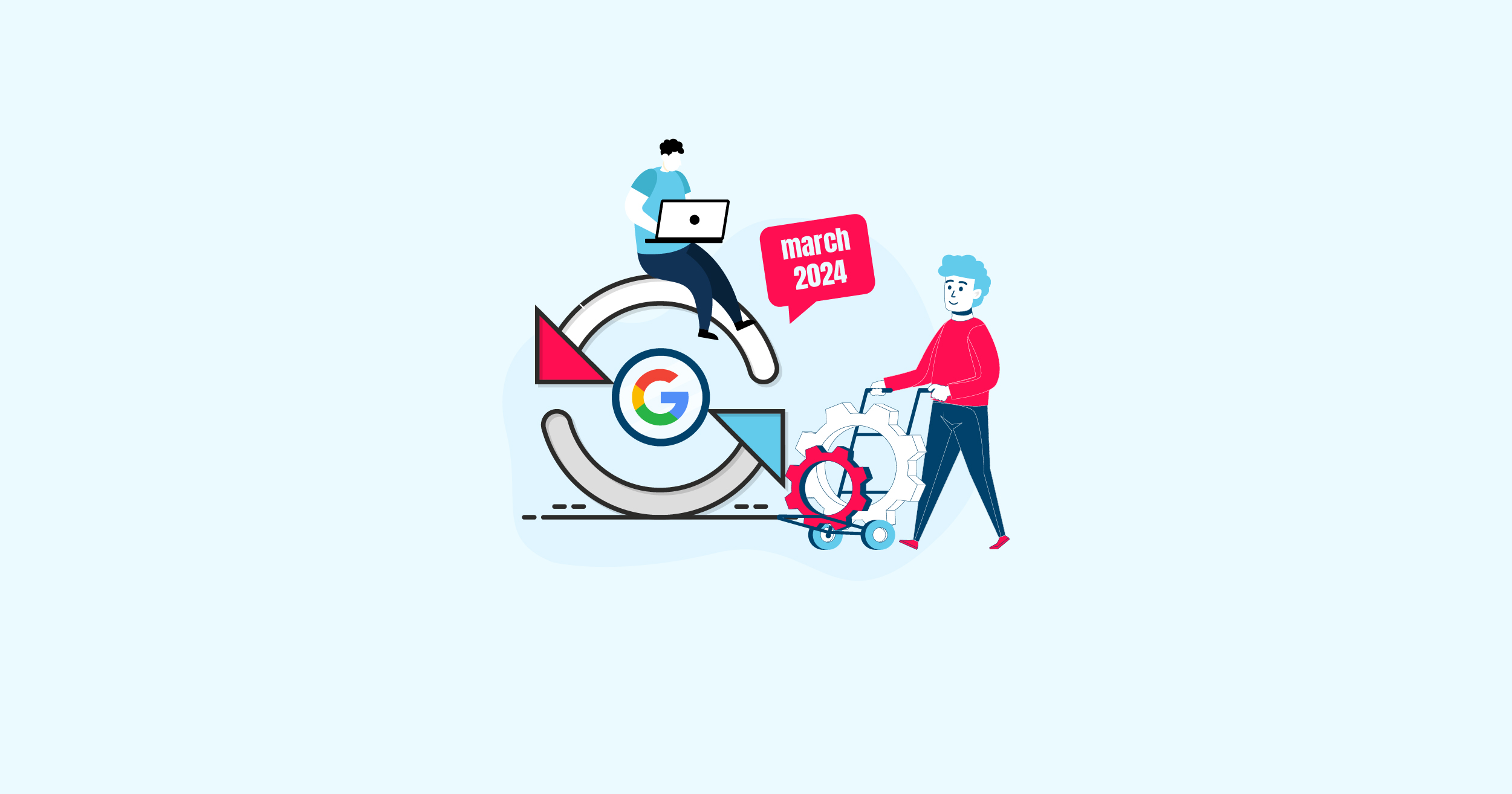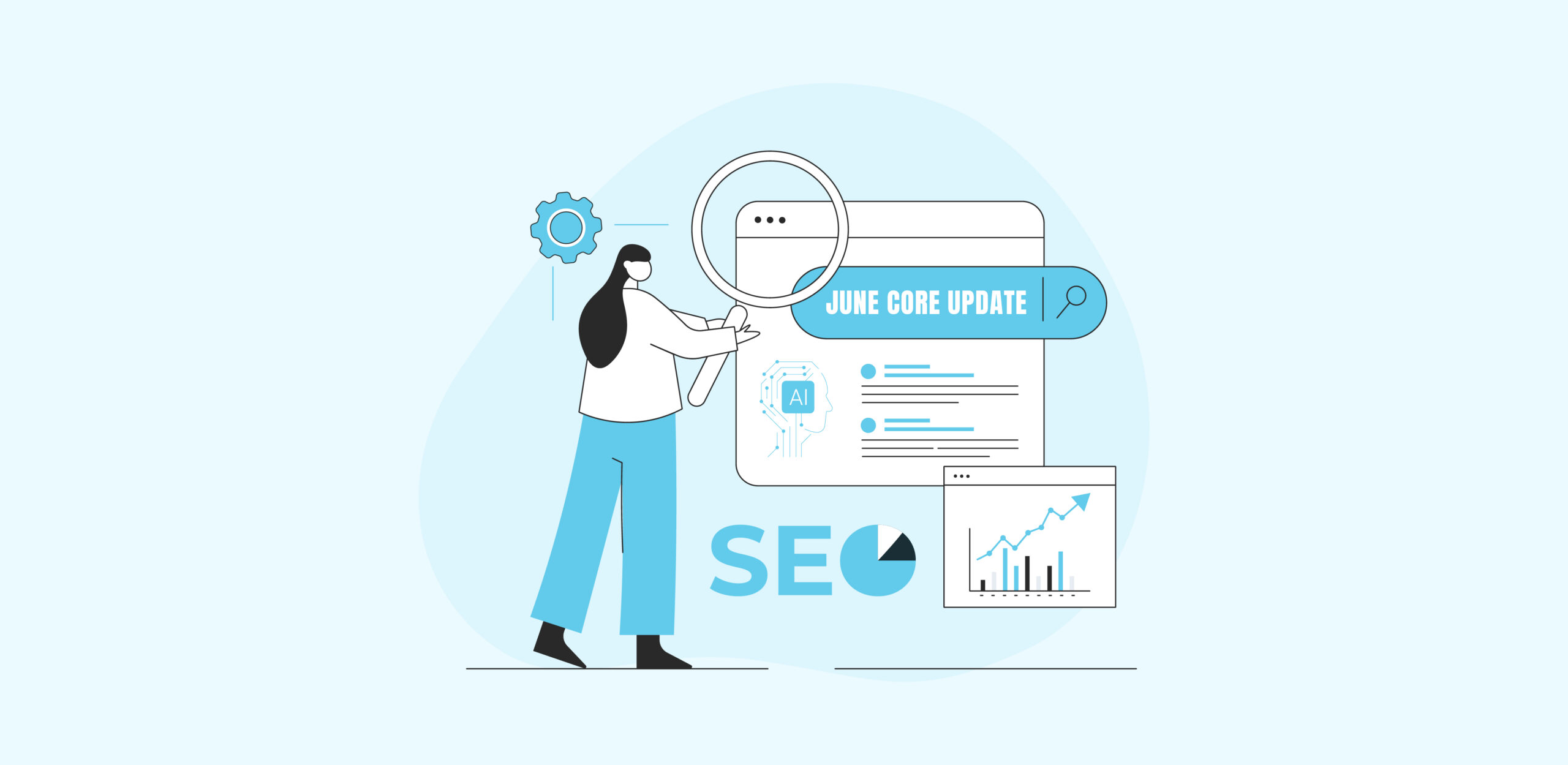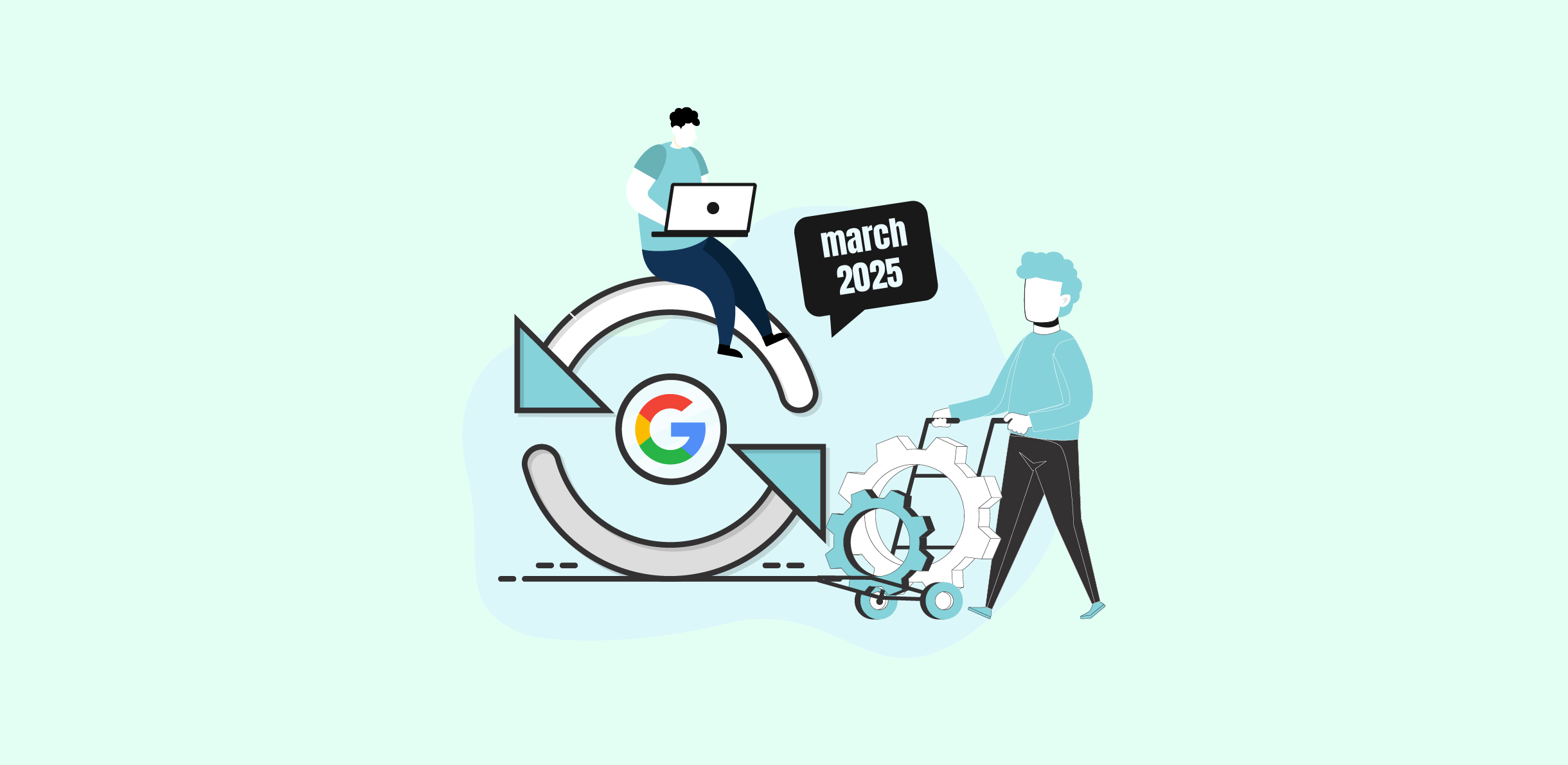On March 5th, 2024, a huge Google Update dropped, including the March Core Update. SEOs were heavily anticipating that this year’s first update was about to drop. This was apparent with the turbulence observed on volatility tools. But nobody predicted that there would be multiple updates dropping at the same time.
We received the March Core Update, multiple Spam Updates, and new additions to the Spam policies. Moreover, the eminent Helpful Content System is now a part of the Core Algorithm Systems. So, you see, this update was sheerly heavy!
Now, let’s focus on the different developments we experienced that day individually.
-
Core Update
The search central document stated that this March core update happens to be far more complex than the usual core updates. It involves changes to multiple core systems and is also monumental in how Google determines the helpfulness of content collectively. The rollout of the March Core update will take a month to complete.
In this article, Barry Schwartz spoke to the Google team about the major developments and how they are going to affect Search.
Amid the discourse, Chris Nelson from the Search Quality Team said, “There will be more fluctuations in rankings than with a regular core update, as different systems get fully updated and reinforce each other.”
Google also shared that this update is a step forward in identifying which pages are unhelpful, deliver poor user experience, or seem like they are SEO-first instead of people.
This “could include sites created primarily to match very specific search queries,” Google added.
Let’s move on to the Helpful Content Update. It is now a part of the core systems. Thus, HCU has shifted from site level and is now working on page level. Google also has a new FAQ page reflecting how the Helpful Content System Works.
-
Spam Update
Google also released Multiple Spam Updates simultaneously. The spam update rolls out whenever Google makes considerable improvements to automated systems for spam. But this time, Google also made new additions to the Spam Policies, which are expired domain abuse, scaled content abuse, and site reputation abuse. The updated policy complements the latest spam updates release and provides the needed guidance to SEOs and Webmasters.
Expired domain abuse and scaled content abuse spam started, resulting in both automated and manual actions immediately after the rollout. Whereas, the site reputation abuse spam will be effective from May 5, so SEOs can work to avoid forthcoming losses accordingly.
-
Expired Domain Abuse Spam
It doesn’t lie in gray hat SEO anymore; it’s straight-up spam now. Expired domain abuse is a practice in which old domains are bought, repurposed, and filled with low-quality content to manipulate search and boost rankings. Simply put, it’s like wrongfully leveraging on the domain’s reputation from the previous ownership.
However, Google has no problem if someone is using an old domain for the new site that complies with all the search policies.
“It’s fine to use an old domain name for a new, original site that’s designed to serve people first.” (Source)
-
Scaled Content Abuse Spam
This refers to creating hundreds of low-quality and thin content pages to manipulate search rankings. Previously named as ‘Spammy automatically generated content’, the updated spam policy now includes every method of crafting content at scale for wrongfully ranking in search. No matter if the methodology incorporates automation, human efforts, or a combination of both.
Here’s the attention-grabbing section from the document:
- Site Reputation Abuse Spam
Also called Parasite SEO, this has been around for a while now, but it seems like it won’t for long.
Site Reputation Abuse occurs when a third-party site publishes unhelpful, irrelevant, and low-quality content on the first-party site to take advantage of its ranking power. In the entire practice, there is little to zero first-party involvement. These third-party pages include advertising, sponsorships, and content that doesn’t match the host site’s purpose.
For instance, ‘A medical site hosting a third-party page about “best casinos” that’s designed primarily to manipulate search rankings, with little to no involvement from the medical site.’
Google also stated that only the third-party content is spam. In these cases, third-party content designed to manipulate algorithms is spam.
Google did give an advance notice prior to this policy’s effect. From May 5, Google will initiate taking both automated and manual action on this abuse.
The March Updates were complex, robust, and manual-action-heavy. It gave a blow to hundreds of websites in different niches across the search. The effect was worldwide, and there was a lot of heated chatter in the SEO community.
We’ll talk about the aftermath and reflect on the effect of all these developments in our next blog.










